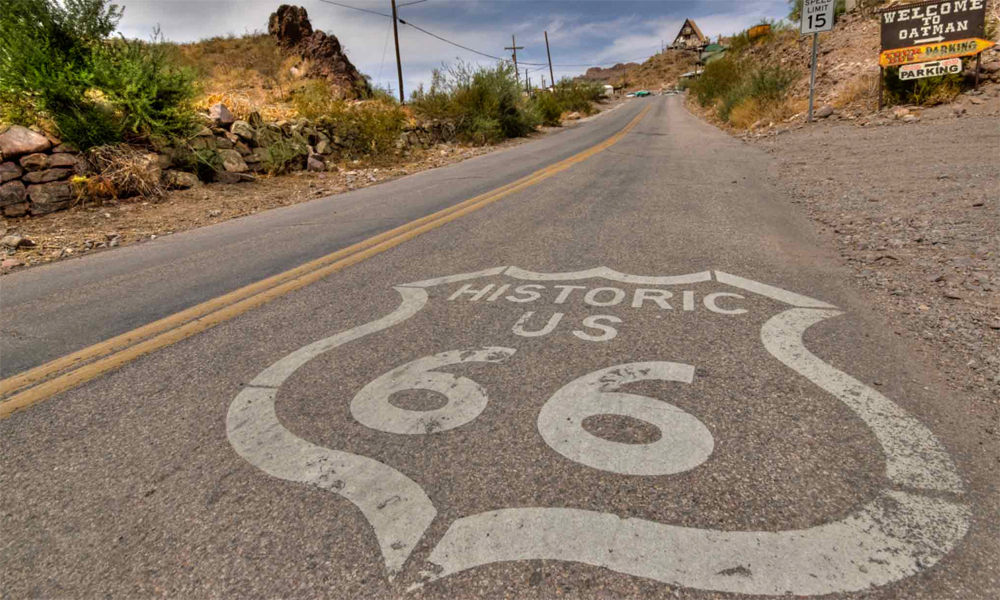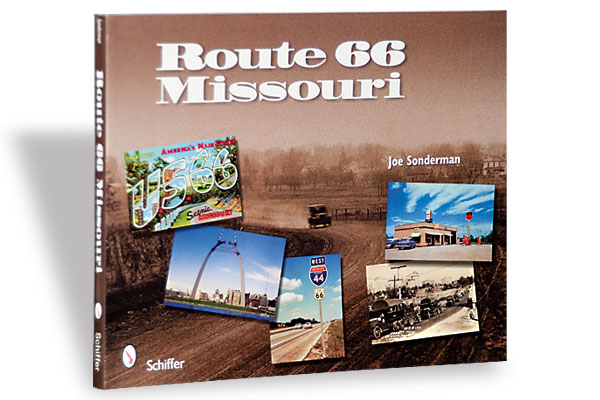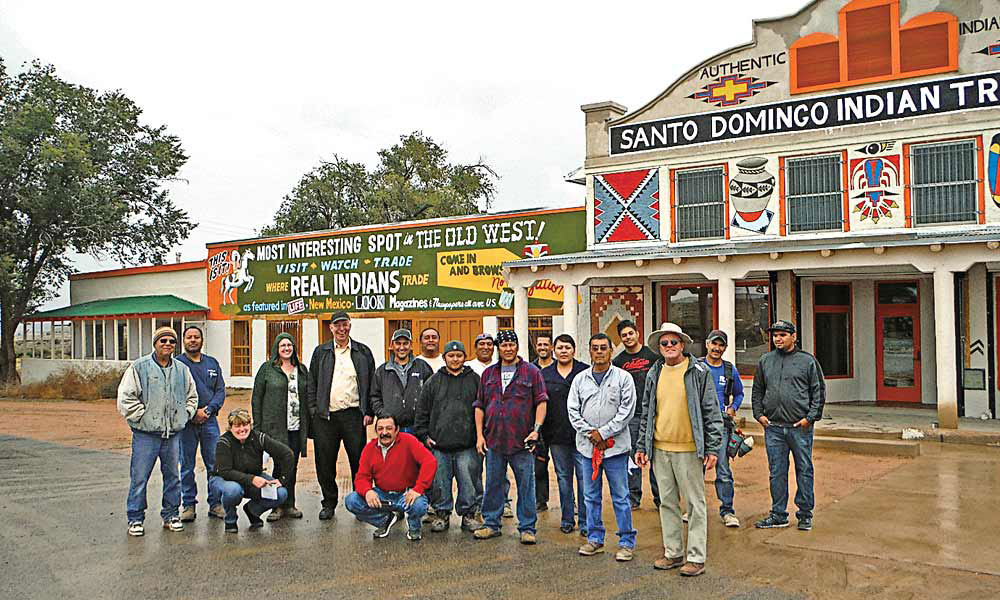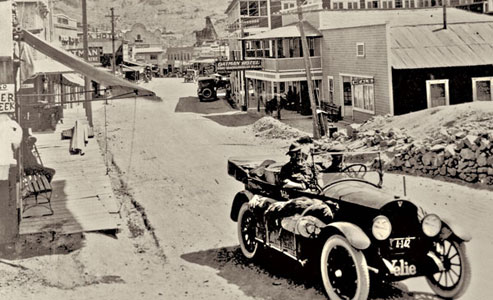
Of all America’s great highways none epitomized Americana during the twentieth century more than storied Route 66. Stretching across the heart of the country from Chicago to Los Angeles, it rambled nearly 2,500 miles through Missouri, Oklahoma, Texas, New Mexico and Arizona the Mother Road celebrates its 90th Birthday on November 11th. Route 66 has inspired writers, poets, song writers, artists and photographers. It was the twentieth century’s rendition of the Golden Road to the Promised Land—the Gila Trail, Beale Camel Road, Oregon Trail, California Trail and the Yellow Brick Road all rolled into one.
The highway was born in the 1850s as a wagon road. It was surveyed along the 35th Parallel in 1857-1858 by Lt. Ned Beale of the Army Corps of Topographical Engineers and his amazing camels. At a cost of $210,000 the Beale Camel Road was the first federally funded road in the Southwest. In 1912 it morphed into the National Old Trails Highway also known as the Ocean to Ocean Highway. It became Route 66 on November 11th, 1926, one of the original federal routes in the U.S. Highway system.
For the first time in history American families could take to the road as tourists. The wondrous wonders of the West beckoned; real Indians selling their exquisite woven blankets, fine pottery silver/turquoise jewelry; prehistoric native ruins and cliff dwellings, dating back more than a thousand years ago; zoos with rattlesnakes and mountain lions; painted deserts, petrified forests, towering snow-capped mountains, the best-preserved meteor on earth that struck the high desert 50,000 years ago; and the grandest canyon of them all.
I grew up during the 1950s in the Route 66 town of Ash Fork, about fifty miles west of Flagstaff. The town was so small everyone knew whose checks were good and whose husband wasn’t. My high school was so small the driver’s education class and the sex education class were both taught in the same car.
The town had no wells so a train hauled water in daily from down near Prescott. Water was more expensive than whiskey which explains why there were more saloons than water fountains. During the election of 1948, the county recorder in Prescott contacted our local magistrate and asked how many voters did we have in Ash Fork broken down by sex. With a straight face he replied, “None that I know of; our main problem is alcohol.”
The railroad bypassed the town about the same time as Route 66 was about to become history and since my dad worked for the Santa Fe we packed up and moved to Phoenix. Raised the IQ in both places.
The death knell for Route 66 came with the passing of the Federal Highway Act of 1956. It provided for a national system of interstate and defense highways to be built over thirteen years and would change the face of America forever.
In 1968, Flagstaff was the first to be bypassed and Williams the last, on October 13th, 1984.
Its days were numbered and on June 27th, 1985, Route 66 passed into the pages of history along with the wagons, stagecoaches and even camels when, the venerable old highway was officially removed from the United States Highway System.
But Route 66 didn’t die; You Can’t Kill a Legend.






